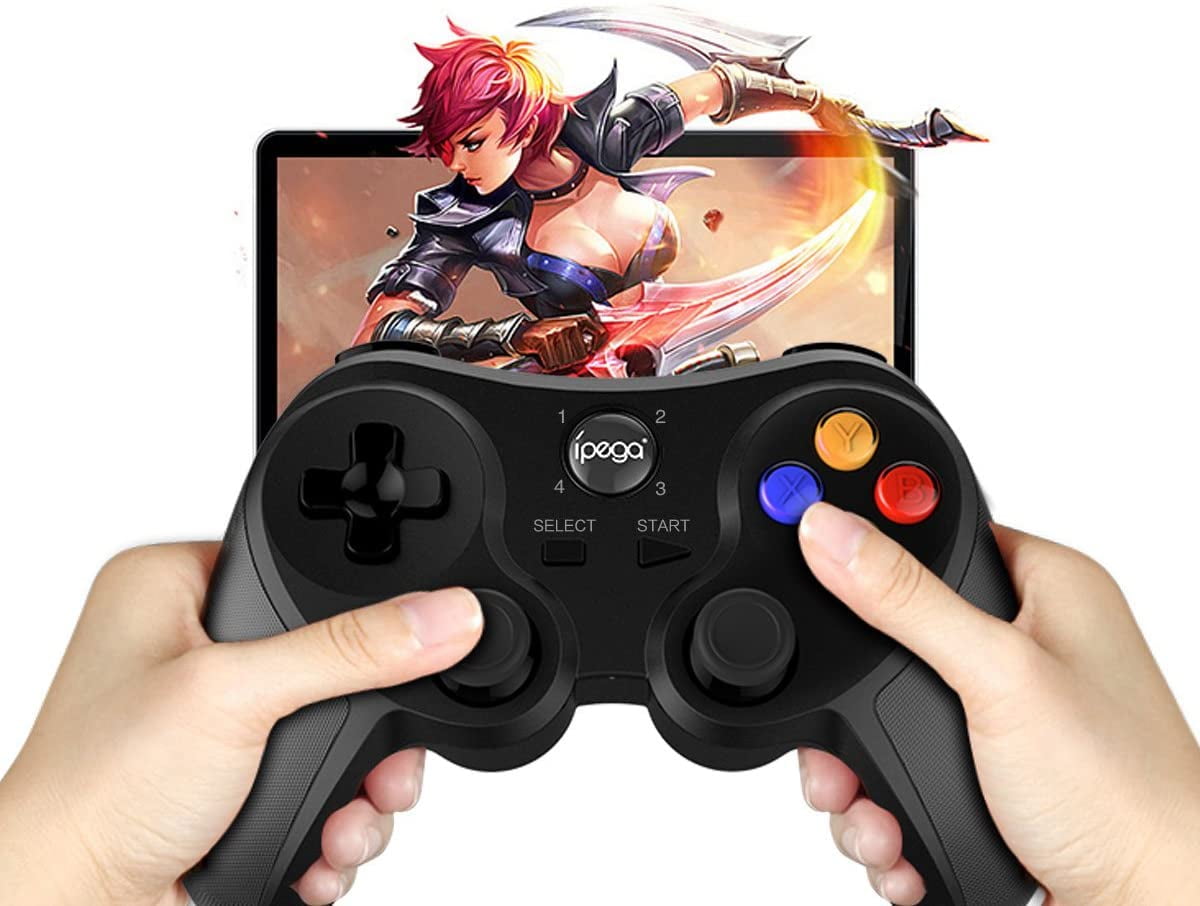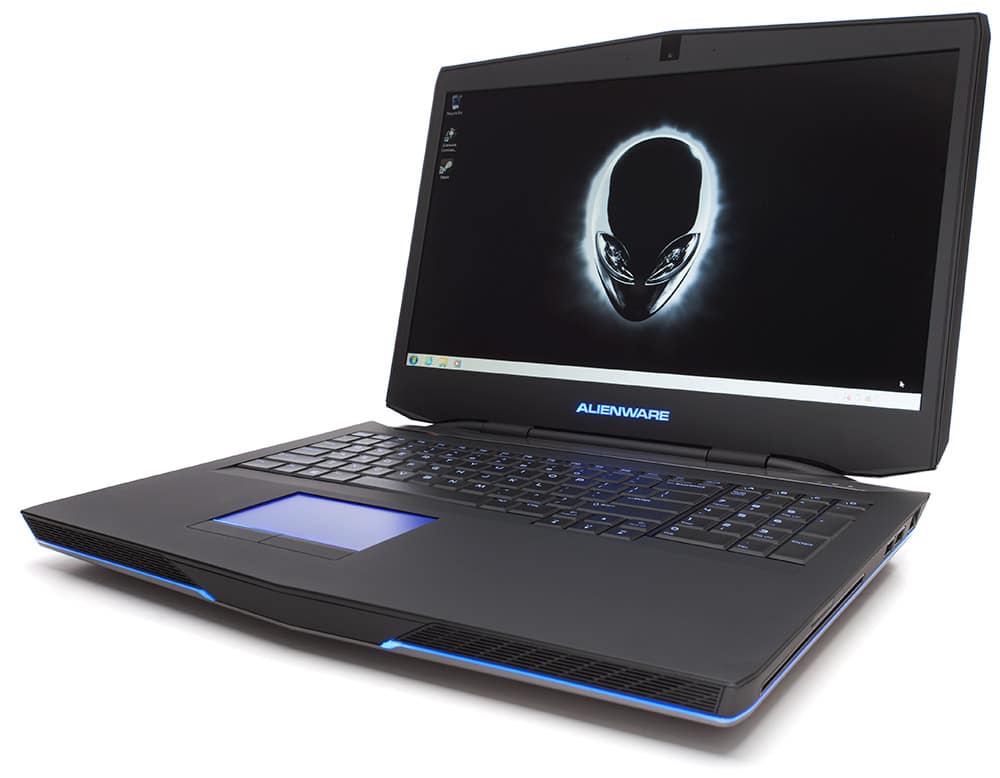- Pinnacle PCTV Deluxe USB (NTSC) device is integrated with TV tuner to function as an external USB2 analog video capture. Almost the same size as a VHS tape, the device comes along with front-panel input connectors that are used for composite video and it also comes with S-video together with a stereo audio.
- Download Toshiba input device drivers or install DriverPack Solution software for driver scan and update.
- Download PinnacleMediaCenter3.xxto4.11.exe for Windows to driver. Sign in to add and modify your software. Sign in with Facebook Sign in with email. By joining Download.com, you agree to our Terms.
Recently, my old TV Tuner card died. So I brought a new Pinnacle PCTV Card 50i/110i as it is supported by Linux kernel. All you have to do is insert card into PCI slot and boot into Linux. Following instructions are tested on Ubuntu Linux (kernel version 2.6.22-14-generic), but should work on any other Linux. Region: USA and Canada TVCenter 6.4.9.1033: Latest TVCenter 6 version for Windows 10, Windows 8/8.1, Windows 7, Windows Vista and Windows XP.
Input Devices - Tools for inserting all types of information into the computer. They make up the hardware interface between the operation system and device, which is often connected via USB cable. Depending on the type of data input, all instruments are divided into 4 types: demonstrative, graphics, sound and game.
By pointing input devices are included followings: keyboard, mouse, trackball, touchpad, joystick and light pen. All they send certain signals, whereby the computer performs the specified actions. Drivers for USB input devices recognize the signals for the system. This category also includes a touch screen, which is used to communicate with the PC and uses the touch of your fingers.
By the method of the cursor control tools are divided into direct, engaged directly in the input cursor visibility, and indirect, by entering the no cursor visibility.
By graphical input devices are included followings: video capture card, scanner, web camera and digital camera. The microphone and digital recorders are used to insert the audio information to the row. Different type of input devices are considered to be installed: the gaming peripherals, joysticks, levers motion simulators, gamepads, steering wheels, pedals and dance platforms.
All of the above tools are typically connected to the PC / laptop via the high speed interface USB. For their stable performance and fine-tuning it is recommended to download drivers for USB input devices.
Here are manufacturers of Human Interface Devices, drivers for which you can download on our website. 4833 drivers for 672 devices from 59 manufacturers, you can download absolutely free of charge. Select the desired device, the manufacturer or the device ID.
Top Vendors of Human Interface Devices
Top Models of Human Interface Devices
| # | Vendor | Device Name |
| 1 | Wacom | Wacom Virtual Hid Driver |
| 2 | Logitech | USB Optical MouseMan |
| 3 | Nuvoton Technology Corporation | Nuvoton HID CIR Receiver |
| 4 | A4Tech | USB Human Interface Device |
| 5 | Microsoft | MGE USB UPS |
| 6 | Microsoft | Samsung USB Keyboard |
| 7 | Logicool | Logicool Cordless USB Keyboard |
| 8 | Microsoft | ORTEK Keyboard |
| 9 | Microsoft | Logitech Cordless Keyboard (USB) |
| 10 | Microsoft | Maxi Switch, Inc. #1102 |
| 11 | Toshiba | Bluetooth HID port from TOSHIBA |
| 12 | Microsoft | Fujitsu-Verbundtastatur (USB) |
| 13 | Lexmark | Lexmark 7100 Series Human Interface Device |
| 14 | Microsoft | Controles de audio HID Yamaha |
| 15 | Microsoft | Joystick USB Guillemot Jet Leader |
| 16 | Apple | Apple Multitouch |
| 17 | Cirque | GlidePoint 3.6 PS/2 Smooth Cat (DS4) |
| 18 | ITE | ITECIR Infrared Receiver (EC) |
| 19 | Cirque | GlidePoint 3.3 PS/2 Easy Cat (DS5) |
| 20 | Wacom | Wacom Penabled MiniDriver |
This article clarifies some confusion that vendors have experienced about how hardware that complies with PCI Power Management (PCI-PM) interacts with device drivers in the operating system and about how PCI-PM integrates with ACPI. For more information, see https://www.uefi.org/specifications
Drivers Pctv Input Devices App
Device drivers and PCI power management
This discussion assumes that you are familiar with how Windows Driver Model (WDM) drivers handle power management events, as described in the current Windows DDK. In general, the responsibilities for device drivers are as follows:
Bus drivers: Bus drivers are responsible for enumerating, configuring, and controlling devices. For PCI-PM, the PCI driver is responsible for reading the PCI-PM registers to determine the capabilities of the hardware. When POWER IRPs request power state changes, the PCI driver writes to the PCI power management registers to set the hardware to different Dx states.
When a device is enabled for wake-up, the PCI driver writes to PCI-PM registers to enable the device to fire PME (ACPI will also take an action, see the next section). Finally, when ACPI determines that the PCI bus is waking the system, the PCI driver scans PCI configuration space looking for which device is asserting PME, disables PME in that device, and notifies the driver for that device.
Device driver: The specific driver for the device is responsible for saving and restoring device context, and requesting power state changes as the policy owner for the device. When the device driver receives a POWER IRP requesting a lower device power state change, the device driver is responsible for saving any proprietary device context needed to later turn on the device. In some cases, there may be nothing to save.

PCI-PM registers are strictly the domain of the PCI driver--the IHV's device driver does not need to access any of these registers. Doing so would cause the system to not work reliably. The device driver's responsibility is to perform only proprietary actions.
Integrating ACPI and PCI PM
Some devices, particularly motherboard video devices in portables, may require both PCI Power Management as well as ACPI Source Language Assembler (ASL) to completely power manage the device. The PCI Power Management registers would control the internal state of a device, such as internal clocks and power planes. ASL would control the external state, such as external clocks and power planes, or in the case of video controllers, ASL would control the video backlights. Note that ASL and PCI-PM can only be combined on motherboard devices.
The OnNow architecture is a layered architecture, handling the integration of the device driver, PCI driver, and ACPI driver (and ASL) naturally. The following scenarios show the order in which drivers are called to handle these devices.
Note
For the above scenarios to work as described, a WDM driver must forward POWER IRPs correctly as described in the current version of the Microsoft Windows DDK.
Scenario 1: Turning off a device
- Device driver: Saves proprietary device state.
- PCI driver: Saves Plug and Play configuration, disables the device (interrupts and BARs), and puts the device in D3 using PCI-PM registers.
- ACPI driver: Runs ASL code (_PS3 and _OFF for power resources no longer in use) to control the state external to the chip.

Scenario 2: PCI power management and device drivers
- ACPI driver: Runs ASL code (_PS0 and _ON for any OnNow required power resources) to control the state external to the chip.
- PCI driver: Puts the device in D0 using PCI-PM registers and restores Plug and Play configuration (interrupts and BARs--these might be different from what the device was previously on).
- Device driver: Restores proprietary context in the device.
Scenario 3: Enabling wake-up

- Device driver: Sets proprietary registers in the chip to enable wake-up. For example, in pattern matching network wake-up, this is when the patterns would be programmed into the adapter.
- PCI driver: Sets the wake-up enable bits in the PCI PM registers to allow the device to assert PME.
- ACPI driver: Enables the GPE in the chip set associated with PME (as described by the _PRW object listed under the root PCI bus).
Scenario 4: Wake-up
- ACPI driver: Wakes and scans the GPE status bits for wake-up events, disabling GPEs for set GPE status bits, and running any _Lxx or _Exx methods associated with set GPE bits. In response to a wake-up notification on the PCI bus, the ACPI driver will complete the PCI driver's WAIT_WAKE IRP to notify the PCI driver that it is waking the system.
- PCI driver: Scans configuration space looking for any devices with a set PME status bit. For each device, it disables PME and completes the WAIT_WAKE IRP for that device to inform the driver that it is asserting wake-up. The PCI driver stops scanning for wake devices when it has made a complete pass through all PCI devices having not found any asserting PME and when PME stops being asserted.
- Device driver: Requests the device be put in D0 (see scenario 2) and sets any proprietary registers in the chip required to handle the wake-up event.
Call to action on PCI power management and device drivers
Drivers Pctv Input Devices Usb
- Integrate ACPI and PCI-PM capabilities into your devices as described in this article.
- The PCI Power Management specification is available at https://www.pcisig.com. This link leaves the Microsoft.com site.
- ACPI Specification available at https://www.uefi.org/specifications. This link leaves the Microsoft.com site.
- The ACPI Component Architecture (ACPICA) compiler can be found at https://acpica.org/downloads/binary-tools.
